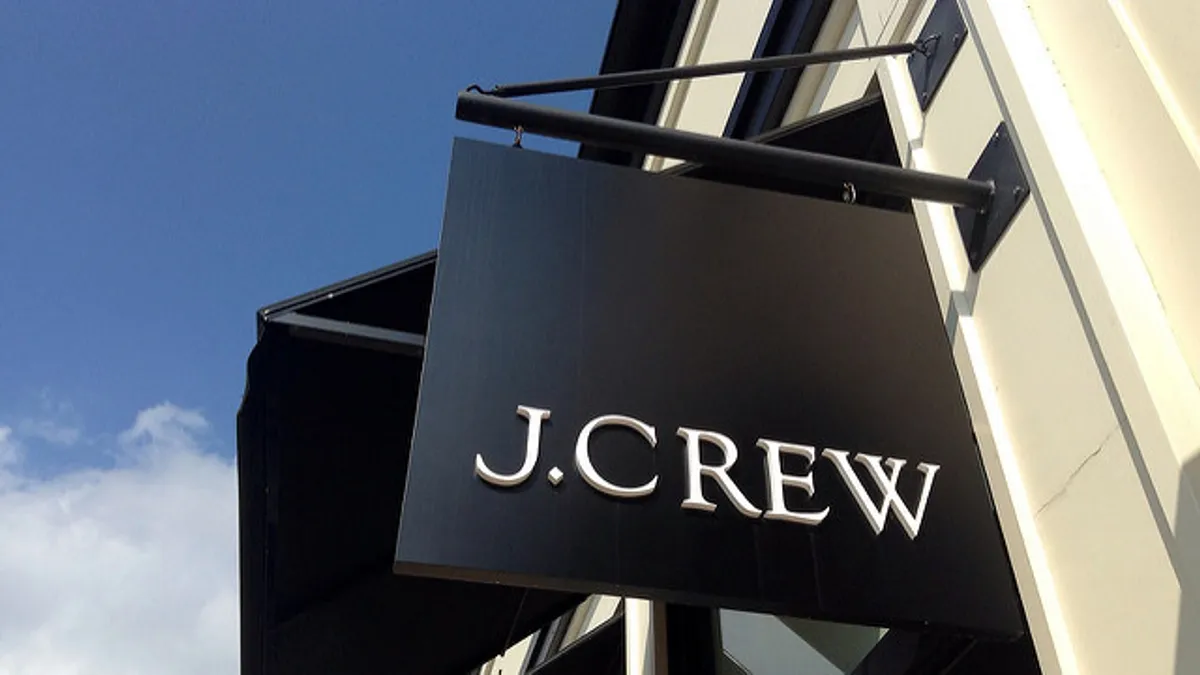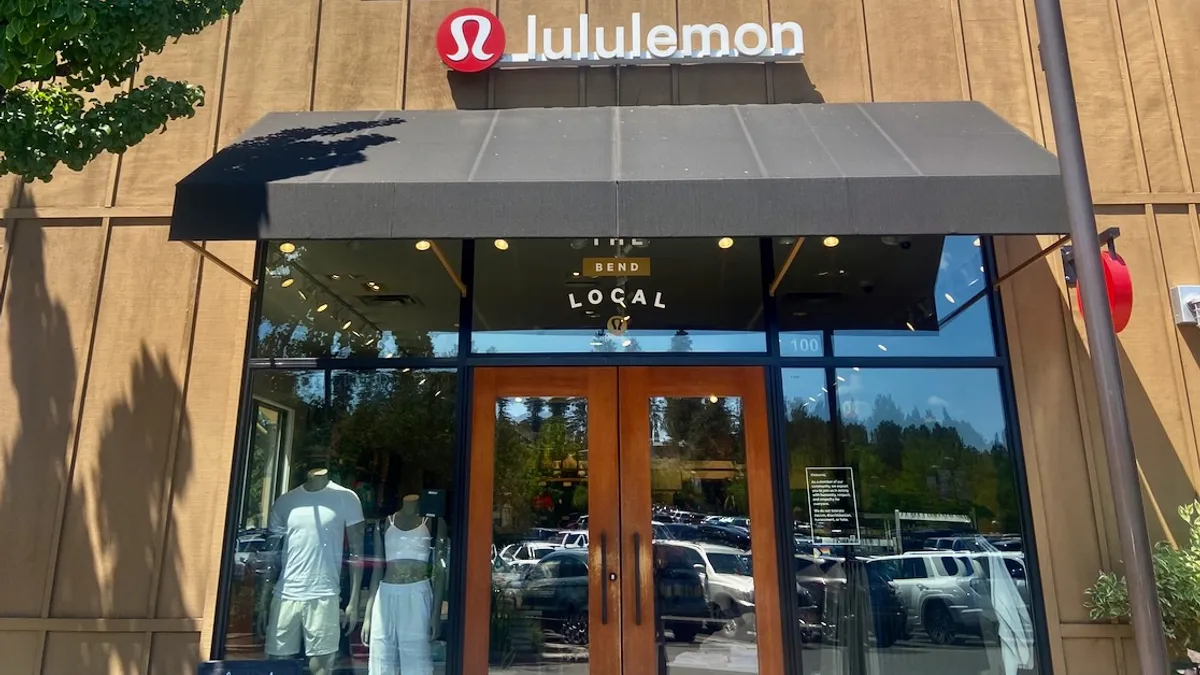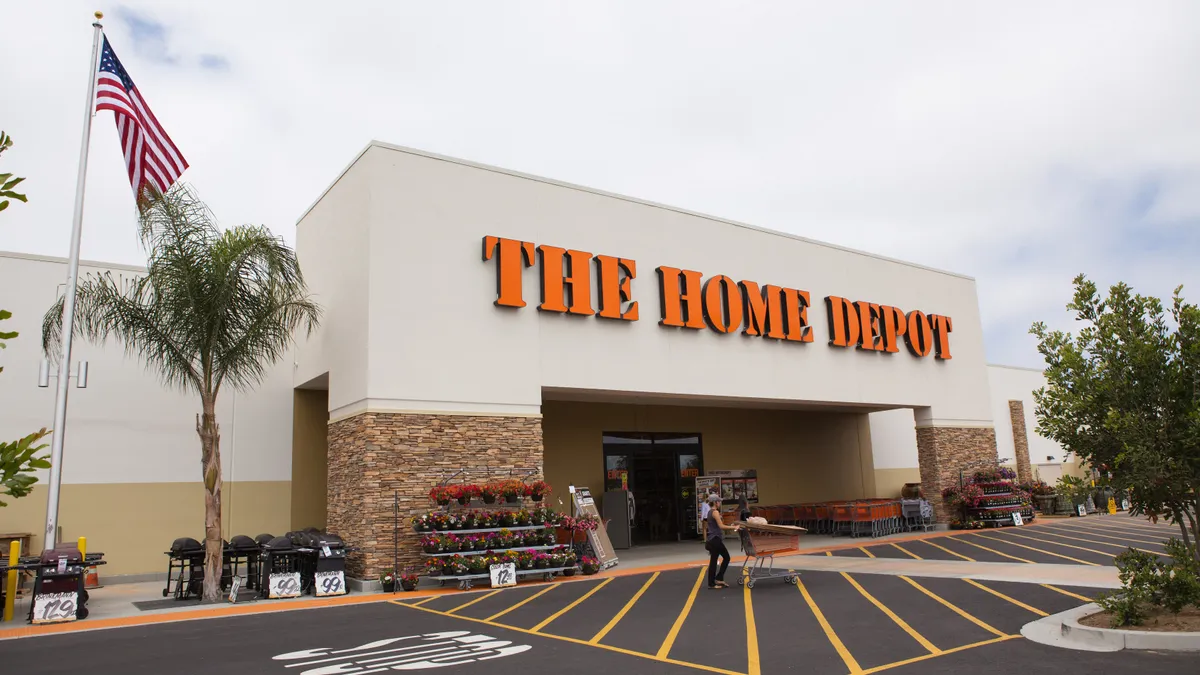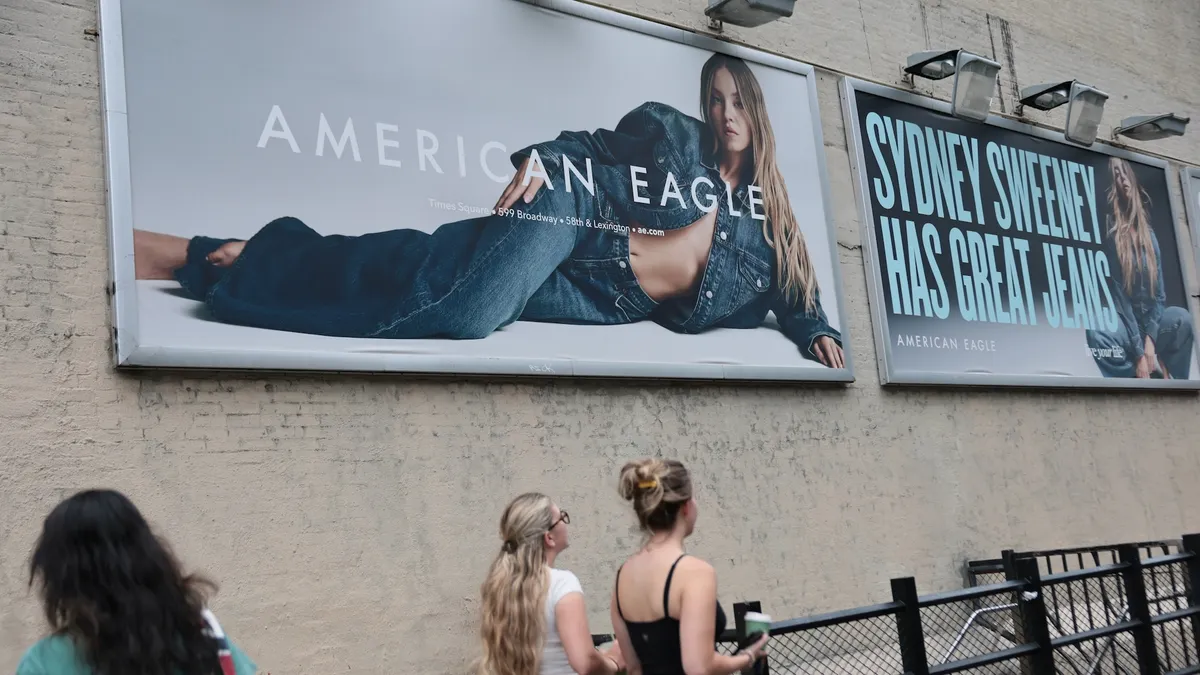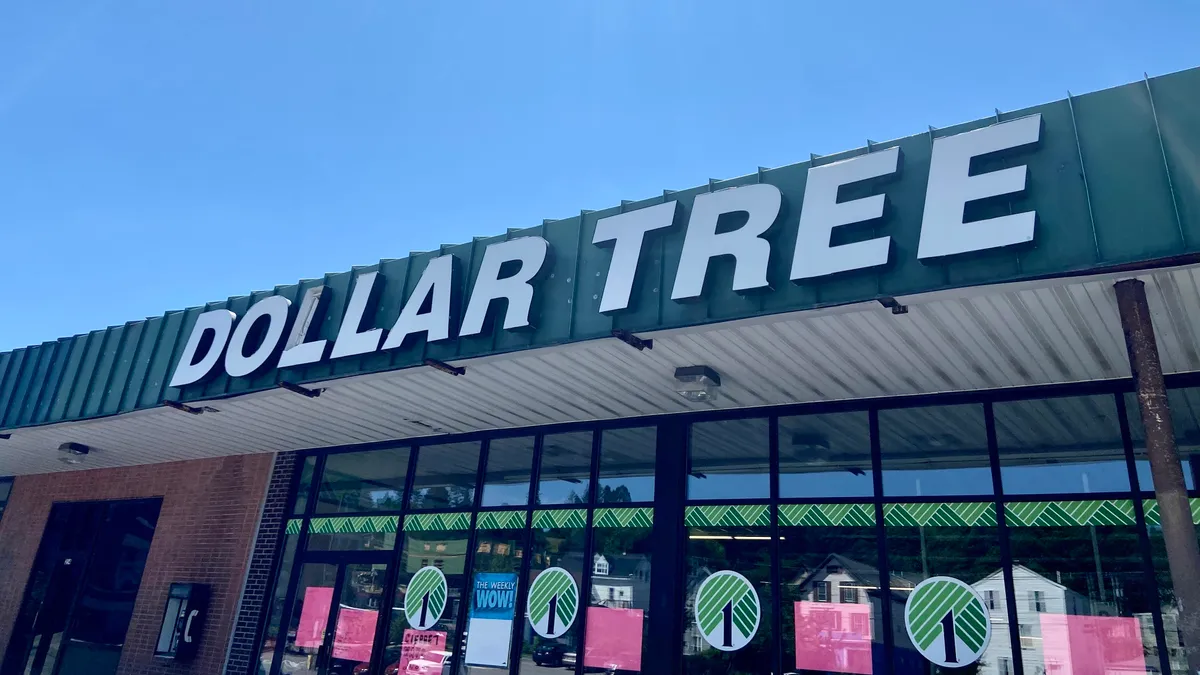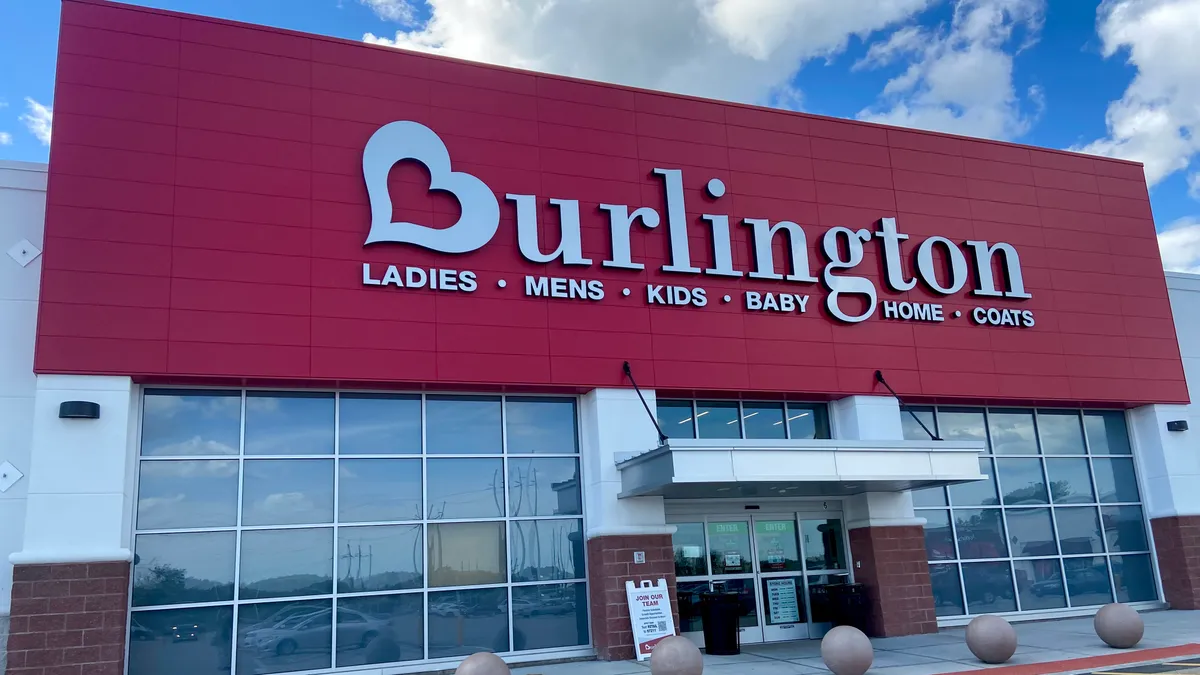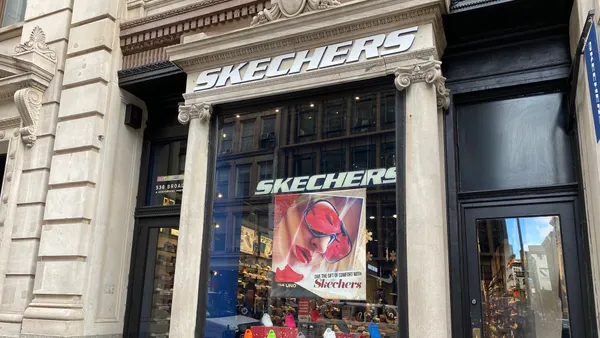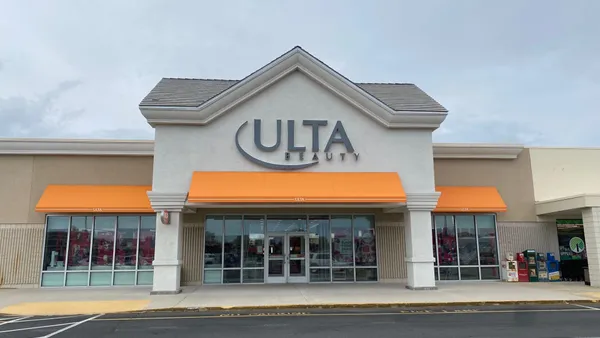J. Crew is the first in what may be a large and unfortunate class in the retail industry.
The COVID-19 crisis has shuttered tens of thousands of stores around the country, and forced even relatively healthy companies into crisis mode, scrambling for cash and making painful choices about whether to pay employees, landlords and suppliers.
J. Crew belongs to a group of retailers that were already on the edge. It had unsustainable debt, instability in the C-suite, tens of millions of dollars in losses, and sales declines in its namesake banner so deep that some years it dragged down sales for the entire company.
Those problems are not unique to J. Crew, and they have intensified during the pandemic. Now J. Crew is in Chapter 11, seeking relief. Neiman Marcus, J.C. Penney and Guitar Center have all missed interest payments. They and many more could follow.
"J.Crew's bankruptcy will be the first in a wave of defaults among retailers with weak balance sheets," Raya Sokolyanska, Moody's vice president, said in emailed comments.
But while the current crisis might increase restructurings and bankruptcies across the industry, not all of them will be the same or have the same outcome. Not all of the retailers will be lucky enough to go into Chapter 11 with a clear, agreed-upon plan with lenders for how to exit, as J. Crew has.
On the other side of Chapter 11, though, J. Crew will be facing an economy and apparel market that could be drastically different and more difficult to navigate than ever before. And J. Crew struggled to connect with customers during good times in the economy.
Betraying the brand
J. Crew became a casual fashion mainstay in the 1980s, building its brand on preppy classics like weathered chinos, barn jackets and cashmere sweaters.
A perfect brand for people summering on Nantucket, or wishing they did, says Lee Peterson, executive vice president of thought leadership and marketing at WD Partners. "The Hamptons too," he said by phone. "Everything sandwashed, the way rich people dress down."
But several merchandising missteps, in both style and quality, debilitated its brand in recent years.
The label "had a major cultural moment" after Mickey Drexler arrived from Gap in 2003 to become CEO, and later promoted Jenna Lyons to lead its creative team, according to Thomai Serdari, a marketing and branding professor at New York University's Stern School of Business, and author of the forthcoming book "Rethinking Luxury Fashion, The Role of Cultural Intelligence in Creative Strategy."
Lyons had a confident style, and wore evening clothes during the day, and day clothes at night, Serdari told Retail Dive in an email. Karl Lagerfeld similarly paired a Chanel jacket with jeans for a more niche audience; Lyons introduced such ideas to the masses via J. Crew.
"Jenna Lyons allowed you to wear sequins at work and flats at cocktail parties," she said. "And in a way, it was very much an American story about living in a big city."
But for others it was a miss. "Jenna Lyons' quirky style of 'hipster fashion' looks did not bode well for J.Crew's preppy, classic suburban Middle-America target customer," Shawn Grain Carter, professor of fashion business management at The Fashion Institute of Technology, told Retail Dive in an email. "This brand epitomized classic casual sportswear and updated activewear looks for leisure and everyday casual lifestyles of Babyboomers."
Drexler and Lyons both left their positions at the brand three years ago, but they had made their mark. "Mickey and Jenna — that was never who that brand was," Peterson said. "They were overconfident, they were overpriced, they lost sight of their brand's soul."
Madewell, meanwhile, makes fewer fashion statements, or missteps. "Madewell has two strong pillars: 1. American and 2. Authentic, as in more organic, not overly fussy or urban," Serdari said. "Practical, pragmatic, straightforward. These were values that also spoke to the young and so more of them moved away from JCREW."
On top of the sales declines, debt and merchandising mistakes, J. Crew runs too many stores, and Madewell has planned for too many — and it may have taken a pandemic to prove that to the company, according to Peterson.
"They are a great 100-store brand," he said of J. Crew. "Any trend that was in place in January or February, the pandemic just blew up. For J. Crew and probably across specialty retail, it's a total glass-half-full perspective. It's a lot of pain and a lot of lost jobs, but the changes that were needed to get specialty on a new track just happened. J. Crew needed to get a lot smaller. They need to only be in A-plus malls anyway."
'Untenable' debt, derailed plans
The J. Crew brand's sales have continually declined, a result, at least in part, of its missteps. Last year they fell 4%, and the troubles followed it into 2020. In January and February, before the first stores shut or the novel coronavirus was affecting consumer behavior in the U.S., J. Crew suffered double-digit year-over-year declines at its flagship brand, according to foot traffic data provided to Retail Dive by SafeGraph. Competitors Gap and Ralph Lauren faced declines as well, but not as large as those at J. Crew.
The sales struggles put pressure on J. Crew's nearly $1.7 billion debt load, which goes back to its buyout by TPG Capital and Leonard Green & Partners in 2010. That came just ahead of an explosion of buyouts in the retail sector. Many of those acquisitions have ended in distress and bankruptcy, and many more could follow with the pandemic.
In any market downturn, a large debt load becomes a dangerous liability. J. Crew and other leveraged buyouts among its peers were already under stress in the full-price apparel sector, which has suffered in recent years with discounting, off-price and online competition, and a changing consumer approach to apparel as a category.
As another example of what happens when debt runs into massive market disruption, Neiman Marcus, which has gone through two leveraged buyouts since the 2000s, recently missed an interest payment and is reported to be nearing a bankruptcy deal with lenders. The luxury department store, like J. Crew, was in trouble long before the pandemic hit. The crisis means it may well be out of time to pull off a turnaround.
In a recent report, Moody's analysts said that the fates of many retailers that trade in discretionary goods could rest with their private equity owners, who will have to decide whether to put up the capital needed to save them during the crisis.
J. Crew COO Michael Nicholson said in court papers that the company has been working since 2016 to address its debt and boost its underlying business. A distressed exchange in 2017 bought the retailer some time (and invited litigation over the retailer's use of its IP to secure the transaction) but did not relieve its balance sheet.
A planned IPO for Madewell, together with another deal with lenders to trade some debt for equity, would have left the company without the stronger-performing unit but would have given J. Crew some financial relief. Sokolyanska noted in a report late last year that the transaction was aimed at taking pressure off the company's "untenable capital structure."
But Nicholson said that volatility in the credit markets, as COVID-19's impact was starting to be felt and acknowledged by markets, derailed the IPO. And then the pandemic upended J. Crew's entire business.
First in a 'shakeout'
Like much of the retail world, J. Crew temporarily closed all its stores — around 500 in all — in March as the private and public sectors worked to slow the spread of COVID-19.
Expecting a $900 million hit to its sales for the year because of the pandemic, J. Crew has furloughed 11,000 employees, including all of its part-time workers and about 85% of its full-time staff. Only 2,000 full-time staffers were on payroll at the time the company filed for Chapter 11, according to Nicholson.
The COO invoked the pandemic in court papers explaining why the retailer was asking for bankruptcy protection. "Like thousands of businesses across the world, the Debtors [i.e., J. Crew and other subsidiaries] have been operating under the considerable financial strain caused by the pandemic, while trying to preserve the health and safety of over 10,000 employees," Nicholson said.
Credit analysts see J. Crew as a kind of canary in the coal mine — a harbinger of what's coming for other distressed retailers. S&P Global analysts said in a recent report that the brand's bankruptcy begins a "shakeout in retail."
"For an industry that's been ailing for years, the coronavirus pandemic is a body blow many retailers won't survive. J. Crew Group Inc.'s announcement today that it filed for bankruptcy should not come as a surprise," S&P analyst Sarah Wyeth said in a Monday report, emailed to Retail Dive. "In our view, this is the first of many that will likely restructure in- or out-of-court in the next one to two years."
S&P has downgraded about a third of the discretionary retail companies it covers since the virus began. In an April report, the ratings agency called the pandemic "catastrophic," potentially dragging down sales by 30% for the entire year for the discretionary retail companies and restaurants S&P covers. More, sales might not rise back to their 2019 level until 2022.
Wyeth in her report cited Neiman Marcus and J.C. Penney's missed interest payments as further evidence that other "iconic brands are also at risk with onerous, legacy capital structures and dated, traditional retail models in need of change."
As for J. Crew's fate, its early bankruptcy filings have the elements of a successful trip through Chapter 11. The retailer went into court with a pre-negotiated plan to convert some $1.7 billion in debt to equity, giving J. Crew some balance sheet relief. Keeping Madewell in-house relieves the most immediate financial pressure to revive the declining flagship brand. And the company is reviewing its footprint and has asked to use the Chapter 11 process to close stores, though it has not disclosed how many it intends to permanently shutter.
Those retailers that go in with an agreed-upon plan with lenders have a far better chance of exiting Chapter 11 than those hoping for a sale or someone to step in during the process with capital and the confidence to take the company out of bankruptcy. But a successful exit from Chapter 11 is not the same thing as success after Chapter 11.
In recent history, Payless and Gymboree, to take two examples, both made smooth journeys through bankruptcy in 2017, exiting with less debt, fewer stores and optimism about being better poised to compete in a competitive retail environment. Both liquidated in second trips into bankruptcy less than two years later.
And J. Crew will exit bankruptcy in a far more uncertain world than those retailers did, with the possibility of a deep and protracted recession and a consumer who avoids stores long after they reopen.
"The decision to enter Chapter 11 with the intention of deleveraging the balance sheet is prudent and, arguably, something that should have been done years ago," Neil Saunders, managing director of GlobalData Retail, said in emailed comments. "Although getting rid of the debt gives the firm some much needed breathing space, it is not the only issue to contend with."
Also needed, he said, is "a reinvention of the J Crew brand."




